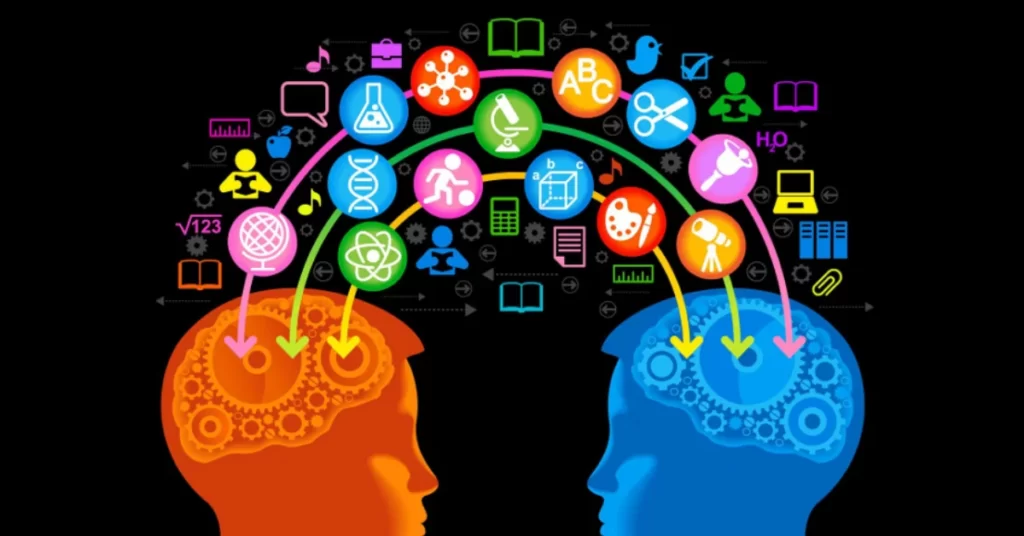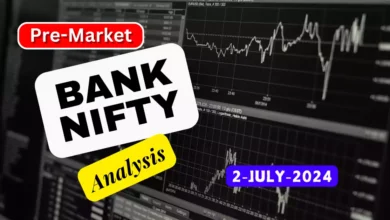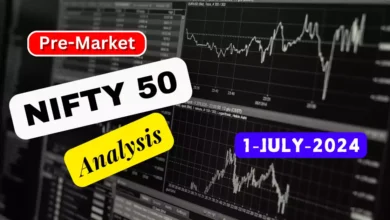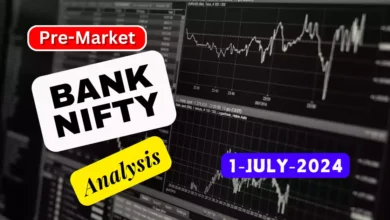
True educational innovations are those services, procedures, plans, and methods that vastly outperform the current state of the art.
Educational Innovation Case Studies
Here are some fresh ideas and innovative university-level examples. If this list doesn’t seem impressive, it may be because the innovations themselves aren’t particularly impressive. The goal isn’t to demonstrate how innovative higher education is, but rather to highlight existing innovations and, with any luck, encourage further innovation. Here are some more typical, perhaps less fascinating, examples bearing that in mind.
Learning Based on Competencies
Competency-Based Education is not always an example of innovation in higher education, but a shift to CBE can result in other innovations, such as the use of technology to customize a student’s navigation of content that needs to be mastered. Understanding the need for asynchronous access to this content is made easier by the definition of asynchronous learning, which is simply when students learn the same thing at various times and from various locations. This is especially true when the access method is something more personal to the student, possibly even through use of their own mobile devices rather than an antiquated university learning management system. At the very least, competency-based education should be effective and focused on the needs of the individual student.
Trends in eLearning, flipped classrooms, and video streaming
Video is possibly the most obvious and prevalent form of technological innovation in K–12 and higher education, with options ranging from Zoom to Skype to Webinars and even live streaming on social media itself. Of course, video facilitates additional innovations. a case studies? The college lecture appears to be under threat in some circles from the flipped classroom movement. A flipped classroom is a type of blended learning where students are introduced to content at home and practice working through it at school. This is the opposite of the more typical practice of introducing new content at school and then assigning homework and projects for the students to complete independently at home. YouTube also does, or ought to. Because there is already so much excellent content available, curation is just as important as creation.
India Post Payment Bank – App, Features, Registration | Full Details
Open Education
Despite being around for a while, open curriculum hasn’t caused much disruption. They are excellent concepts, but they are being held back by several problems, including certification, assessment, and feedback loops. In the future, rather than being on the periphery of the university experience, eLearning will be at its core. what substance? Which delivery models are used? There is a lot to think about. Nevertheless, this is unquestionably a case of educational innovation.
the evolution of the faculty
You decide whether this is an unfortunate result of a lack of funding or ‘innovation’ that leads to a ‘leaner’ business model that offers an improved ability to pivot. But there is a definite trend toward adjunct faculty, as well as a mobile, “global,” faculty with new contractual ties to universities.
Access to data and areas of expertise is now universal thanks to digital information networks, especially in the scientific fields. As a result, collaboration between researchers no longer requires that they be in the same physical location. This modification will make fewer universities more appealing to highly qualified faculty. For instance, a professor may decide to work on research in a large urban setting while teaching at a small university in a rural area.
Funding for institutions comes from a variety of sources.
Existing initiatives to finance higher education institutions through government funding, subsidies, and other methods will need to be scaled up quickly along with significant cost-cutting because the Coronavirus is already having a significant impact on the global economy. Finding new business models for colleges thus ranks as one of the most significant innovations in recent memory. And when it comes to illustrations of innovation in higher education, eLearning must unquestionably be included.
online textbooks
Free, open-source textbooks, renting digital textbooks, etc. are all relatively minor innovations, but they are innovations nonetheless. This makes textbooks more accessible than ever before, to say the least.
Various Other Innovations in Higher Education
The following are some instances of innovation that haven’t quite “realized,” are still in the early stages, haven’t caught on, etc.

Educational Innovation in 3D printing
Higher education has more potential for 3D printing than K–12 does. Or at least it seems to. That isn’t particularly noteworthy in and of itself as an innovation, but if 3D printing is fostered properly in a university context, it could lead to other, more disruptive innovations, much like Competency-Based Education did.
data analytics application
All levels of education have the chance to innovate, but higher education may be less prepared than K–12 due to its unconventional curriculum and methods of assessment. However, one of the most effective uses of innovation in education today is data analytics.
Kuwait Civil ID Online Status Checking – Step by Step Procedure
Free Instruction
This is a significant development for socio-inequalities even though it is probably not sustainable on a large scale. For instance, Stanford University declared in 2015 that all students from families earning less than $125,000 per year would be admitted free of charge.
Augmented and virtual reality
likely to play a significant role in the future of all forms of education but is still far from being prepared for widespread use.
Learning Management Systems that are Smarter
The need and the technology are there, but in far too many instances they are currently embarrassingly subpar.
Machine intelligence
AI is a component of the future but is not quite there yet, like virtual reality. The study of it is quickly spreading to universities all over the world.
different certifications and degrees
There may be new certifications and university degrees that combine the humanities and STEM fields, as well as “Nano-degrees” and the option to “update” your certification and degree over time.
modern pedagogies
Once more, the level of innovation here is absurdly low when compared to the opportunity and need, but numerous universities are testing out different teaching methods that don’t involve lectures, such as project-based learning for college students, inquiry-based learning, the competency-based learning, scenario-based learning, and more.
Students must learn these skills to succeed



